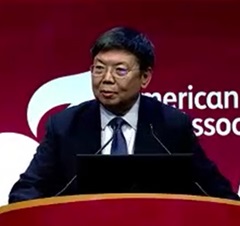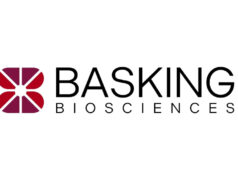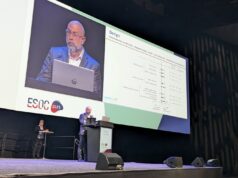
Reteplase has demonstrated potential as an alternative to alteplase in patients requiring intravenous thrombolysis (IVT) to treat acute ischaemic stroke, as per the findings of the RAISE trial, which were presented by Yongjun Wang (Beijing Tiantan Hospital, Beijing, China) at the recent International Stroke Conference (ISC; 7–9 February, Phoenix, USA).
Having assessed reteplase against alteplase across hundreds of Chinese stroke patients, RAISE trial investigators found that the former produced superior efficacy, and observed no significant difference between the fatal safety profiles of the two drugs. As such, Wang stated that “these overall findings should encourage administration of reteplase in appropriate patients with acute ischaemic stroke”.
The presenter began by positing that, while alteplase has been the gold standard in IVT for some time, new thrombolytic candidates including tenecteplase, lanoteplase and reteplase have now entered the fray, and are designed to be more convenient and effective alternatives. Reteplase itself was approved as a myocardial infarction treatment in Europe and the USA in the 1990s, but has more recently garnered interest as a potential new player in ischaemic stroke.
Wang and his team recently evaluated reteplase in a Phase 2, multicentre randomised controlled trial (RCT) whereby stroke patients were randomised to a lower reteplase dose (12mg+12mg), a higher reteplase dose (18mg+18mg), or a standard dose of alteplase, within 4.5 hours of symptom onset. In the study, reteplase was sufficiently tolerated by patients, displaying a similar efficacy profile and comparable safety outcomes versus alteplase, with the 18mg+18mg dose trending towards an improvement in clinical efficacy.
Therefore, the researchers progressed to the Phase 3 RAISE study—another multicentre RCT with the primary goal of proving reteplase’s non-inferiority compared to alteplase. The RAISE trial involved acute ischaemic stroke patients at ≤4.5 hours of symptom onset, with 707 patients being randomly allocated to receive an 18mg+18mg dose of reteplase, and 705 being allocated to receive a 0.9mg/kg dose of alteplase. The primary endpoint pertained to modified Rankin scale (mRS) scores of 0–1 at 90 days; secondary efficacy endpoints included 90-day mRS 0–2, mRS ordinal distribution, and changes in National Institutes of Health stroke scale (NIHSS) scores; and symptomatic intracranial haemorrhage (sICH), all-cause death and other adverse events at 90 days were among notable safety endpoints.
Between 21 March 2022 and 22 June 2023, a total of 1,412 IVT-eligible acute ischaemic stroke patients gave informed consent and were enrolled across 62 clinical sites in China. Wang reported that baseline characteristics were well balanced between the reteplase and alteplase groups—average age was 63 years in both, and roughly 30% of the population was female in each. Some 1,370 patients—exactly 685 in each group—were available for RAISE’s final 90-day follow-up analyses.
Reteplase ultimately achieved not only its prespecified non-inferiority goal in the study, but actually attained superiority over alteplase, with the investigators observing an 80.1% rate of mRS 0–1 at 90 days post-treatment in the reteplase group versus 71.1% in the alteplase group (relative risk [RR], 1.13). “In other words, the efficacy of reteplase is better than that of alteplase,” Wang noted.
Regarding key secondary efficacy endpoints, the more novel of the two drugs also demonstrated non-inferiority in terms of 90-day mRS 0–2 (reteplase, 85.8% vs. alteplase, 80.4%; RR, 1.07), and an ‘ordinary’ 90-day mRS score of 0 (reteplase, 54.5% vs. alteplase, 41.9%; common odds ratio [OR], 0.61). Improvements in NIHSS scores of ≥4 points/an overall score ≤1 at both 24 hours (reteplase, 58.4% vs. alteplase, 48.5%; RR, 1.21) and seven days (reteplase, 74.1% vs. alteplase, 66.8%; RR, 1.11) also saw reteplase reach non-inferiority in relation to alteplase, and favoured the former.
Wang went on to report no statistically significant differences between subgroups—including those stratified by age, sex, NIHSS at admission, onset-to-needle time, and bridging thrombectomy—when it came to the study’s primary efficacy endpoint.
Finally, he outlined findings regarding RAISE’s key safety endpoint of sICH within 36 hours, revealing “no clear difference” between the two, with sICH occurring at a rate of 2.4% in the reteplase group and 2% in the alteplase group (RR, 1.21; p=0.64). Additional safety endpoints also showed comparable rates of sICH within seven days, death, and serious/non-serious adverse events. And, while Wang did relay that there was a statistically significantly higher incidence of any ICH within 90 days in the reteplase group compared to the alteplase group, no significant difference was observed regarding the fatal safety profile of each.










